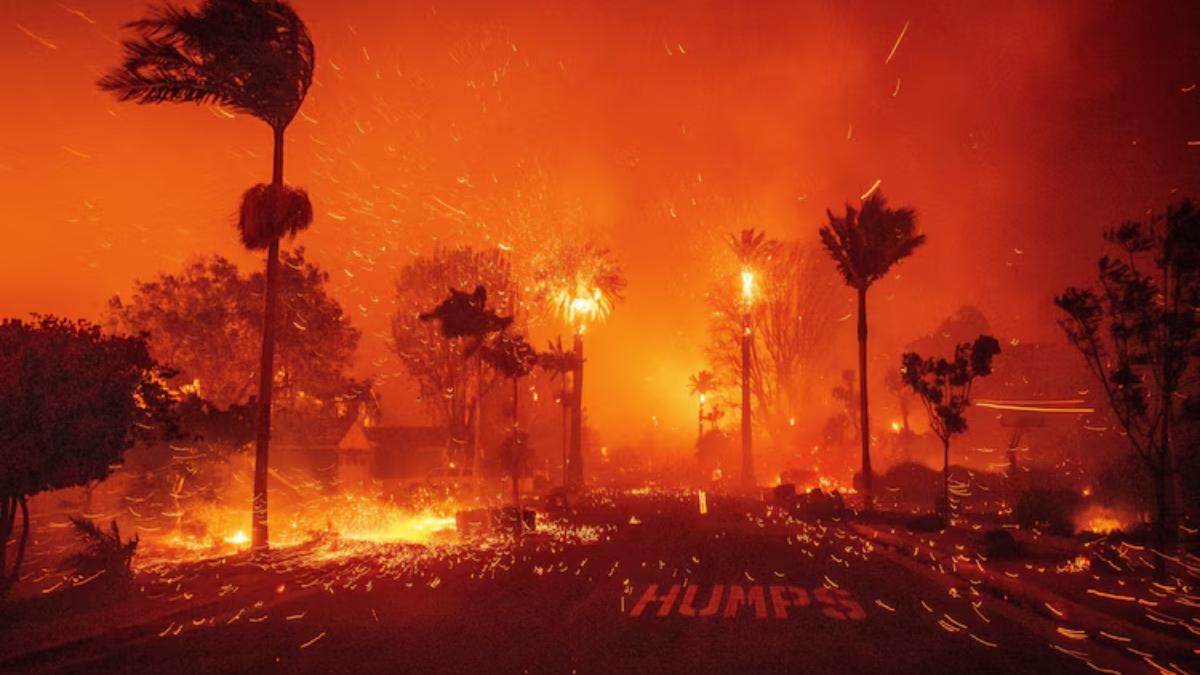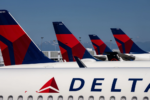California’s wildfire seasons grow more intense each year, sparking questions about the effectiveness of its firefighting arsenal. Among the potential tools often discussed are “Super Scooper” aircraft, renowned for their water-bombing capabilities. However, despite their proven efficiency, California has not heavily invested in these aircraft. Here’s why.
What Are Super Scoopers?
Super Scoopers, formally known as the Canadair CL-415, are amphibious aircraft designed for aerial firefighting. They can scoop up to 1,600 gallons of water from nearby lakes or oceans in just 12 seconds, making them highly effective in combating large fires. These planes are widely used in countries like Canada and Greece, where water bodies are abundant.
California’s Current Firefighting Fleet
California relies primarily on a mix of helicopters and fixed-wing aircraft for firefighting. These include repurposed military planes like the C-130 Hercules and smaller helicopters capable of precise water drops in rugged terrain. The state’s firefighting fleet is tailored to its unique geography and fire behavior, which often requires pinpoint accuracy in densely populated or mountainous areas.
Challenges of Using Super Scoopers in California
- Water Source Limitations One of the main hurdles is the availability of suitable water bodies. While Super Scoopers excel in regions with large lakes or oceans nearby, many of California’s wildfire-prone areas lack accessible water sources. Fires often occur in arid, mountainous regions far from bodies of water, limiting the aircraft’s efficiency.
- High Costs Super Scoopers are expensive to purchase and maintain. Each plane costs around $30 million, and the logistics of deploying them add to the expense. With a budget already stretched thin by other firefighting needs, investing in these planes may not offer the best return on investment.
- Operational Constraints The aircraft require long, flat stretches of water to scoop efficiently. In California, where drought conditions often prevail, finding sufficient water can be a challenge. Additionally, Super Scoopers are not ideal for high-altitude fires in rugged terrain, a common feature of California wildfires.
Alternative Strategies
California has focused on enhancing its existing resources. This includes upgrading its fleet with newer, more versatile helicopters and fixed-wing aircraft, increasing ground crew deployment, and investing in advanced fire detection technologies like drones and satellite imagery.
Another significant focus has been on preventive measures. Controlled burns, vegetation management, and community preparedness programs aim to reduce the risk and severity of wildfires before they start.
The Future of Firefighting in California
While Super Scoopers are not a perfect fit for California, the state is not ignoring advancements in firefighting technology. Innovations such as autonomous drones capable of night operations and fire retardant delivery systems are being explored. Partnerships with federal agencies and international allies also ensure that California can access additional resources during peak wildfire seasons.
Conclusion
The decision not to heavily invest in Super Scoopers reflects California’s pragmatic approach to wildfire management. By focusing on strategies and tools tailored to its unique challenges, the state maximizes its resources to combat increasingly severe fire seasons. Although Super Scoopers are highly effective in certain scenarios, they are not a one-size-fits-all solution for California’s complex wildfire landscape.
For more insights into wildfire strategies and technologies, visit Cal Fire’s official website.
Disclaimer – Our team has carefully fact-checked this article to make sure it’s accurate and free from any misinformation. We’re dedicated to keeping our content honest and reliable for our readers.








